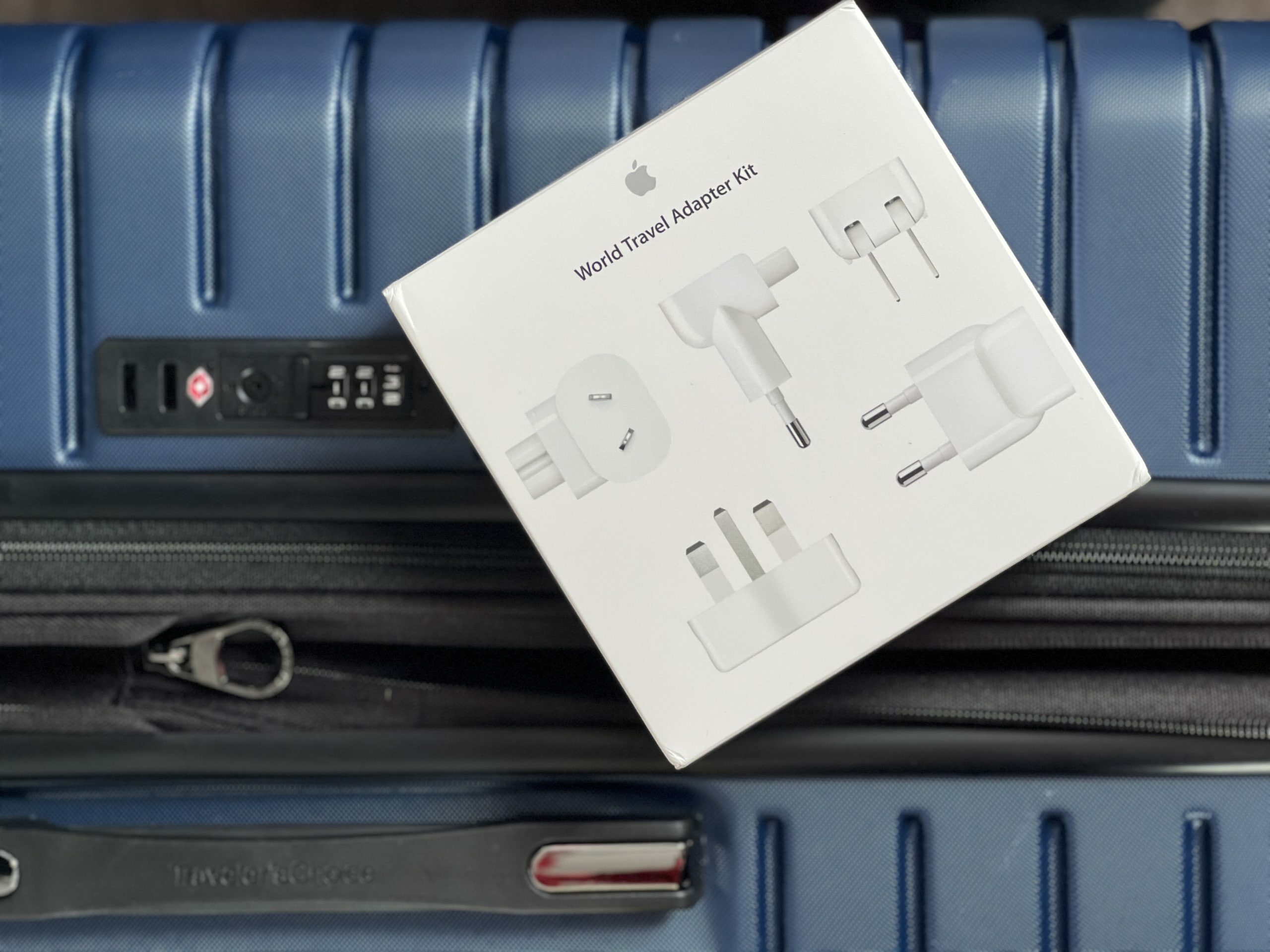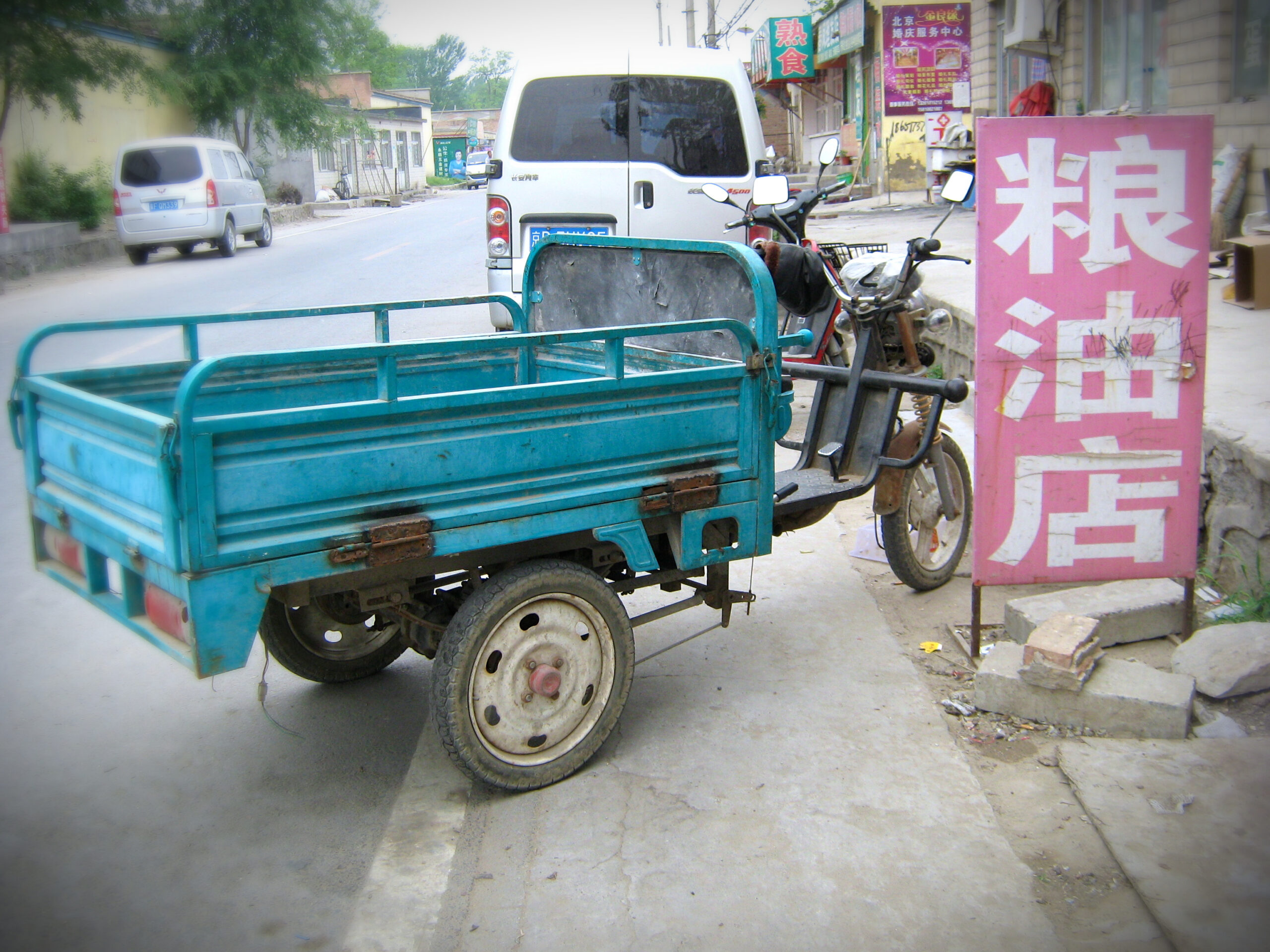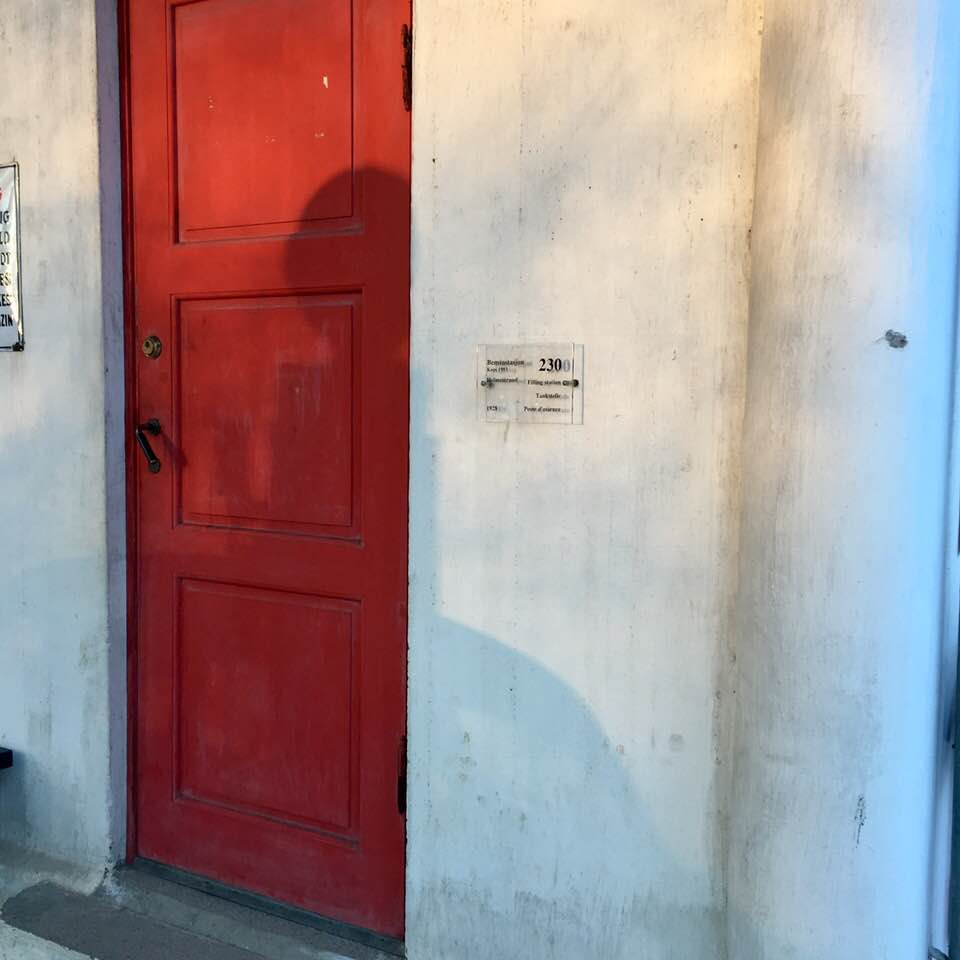
Adapter, Converter or Transformer: Simple Tips for Choosing the Right Device
A great overseas trip can be electric, sparking connections and igniting your curiosity.
But if you try to plug in your hairdryer without an adapter, converter or transformer, you might experience fireworks of the worst kind.
Not only are the shapes of plugs in most countries different than those in the States, but the voltage often differs as well. So using a computer, electric shaver or hair care appliance could be impossible — or could fry your gear — if you don’t come prepared.
Here’s how to know whether you need an adapter, converter or transformer.
Adapters address the shape.
Adapters are the most basic of tools. They’re handy little gadgets that have the shape of a U.S. plug on one side and the prongs to go into an overseas outlet on the other.
If the voltage is the same where you’re going as it is in the States, or your device can handle a range of voltages (most laptop, tablet and cell phone chargers today are dual voltage [100–240V]), this may be all you need.
Typically adapters come in a modestly priced set or as an all-in-one (maybe $20-ish) that’ll cover you most anywhere. My all-in-one travel adapter includes a range of built-in adapters like a Swiss army knife, plus two USB ports. I just flip up the appropriate adapter for the country in which I’m staying.
I recently sprang for the Apple World Travel Adapter Kit, because nearly everything I plug in overseas is Apple…minus my traveling-to-Europe hairdryer, which I bought in Milan (using minimal terrible Italian!) because I fried mine when I only used an adapter and converter. (See the transformer note in a minute.)
Short of buying an appliance for the place in which you’re traveling, there are other options in the adapter, converter or transformer conundrum…
Converters address the voltage.
I always err on the side of caution and carry a converter as well. This handy gadget adjusts the voltage so that your travel fan doesn’t snort, smoke or stop altogether.
Because I’m not a technology expert, Ceptics.com (a manufacturer of adapters, converters and transformers) has some really useful information about how to know whether you need to address the voltage:
“You can check a device’s AC input voltage range by looking at the spec label. The input voltage reading is a set of numbers followed by a ‘V’ and the wording ‘INPUT.’ If the voltage range is a single set of numbers, like 110V, the device can only handle outlets with that specific voltage.
“When the voltage reading is listed as a range of numbers, like 110V–220V or 100-240V, the device can handle AC voltage outlets from all over the world. This is considered a ‘dual voltage’ or ‘world-wide voltage’ device.”
Heather has a dual voltage mini curling iron/straightener that she likes. But if your device can only handle a single voltage, a converter will take what the outlet is pushing out and power it up or down for your United States device. It’s usually more expensive than a set of adapters, but well worth it — necessary, even.

A transformer handles the hairdryer.
If you’re traveling with something heavy-duty, or you’re staying for a while and bringing larger appliances, you may need to invest in a transformer. Transformers handle higher wattage devices such as my U.S. hairdryer, which gave a brief gasp on my converter in Millan and then shut down.
Transformers are bulkier and more expensive, but compared with the cost of replacing whatever you’re plugging into them, transformers can save your bacon. And they can prevent you from killing the power for half the hotel. Add up the wattage of any devices you want to plug in, add 25 percent, and choose a transformer that can accommodate everything.
Or use the hotel’s hairdryer, if they have one. Or buy a device that works in the region in which you travel to often. This may be safer and more reliable than a transformer
If you’re traveling internationally, you’ll likely need an adapter, converter or transformer. It might require a little research and prep work, but that can ensure that your trip is electrifying in all the right ways.
The views expressed on this website represent the opinions of the authors; we encourage you to form your own opinions and confirm any facts.
This post likely contains affiliate links. If you shop or make a reservation through these links, we may make a small commission (for which we are very grateful!) at no extra cost to you. Not all links are affiliates, and we only suggest products and places that we have experienced.



